Water Rocket Experiment
Year 9 Stem Class

Water Rocket Experiment
Year 9 Stem Class
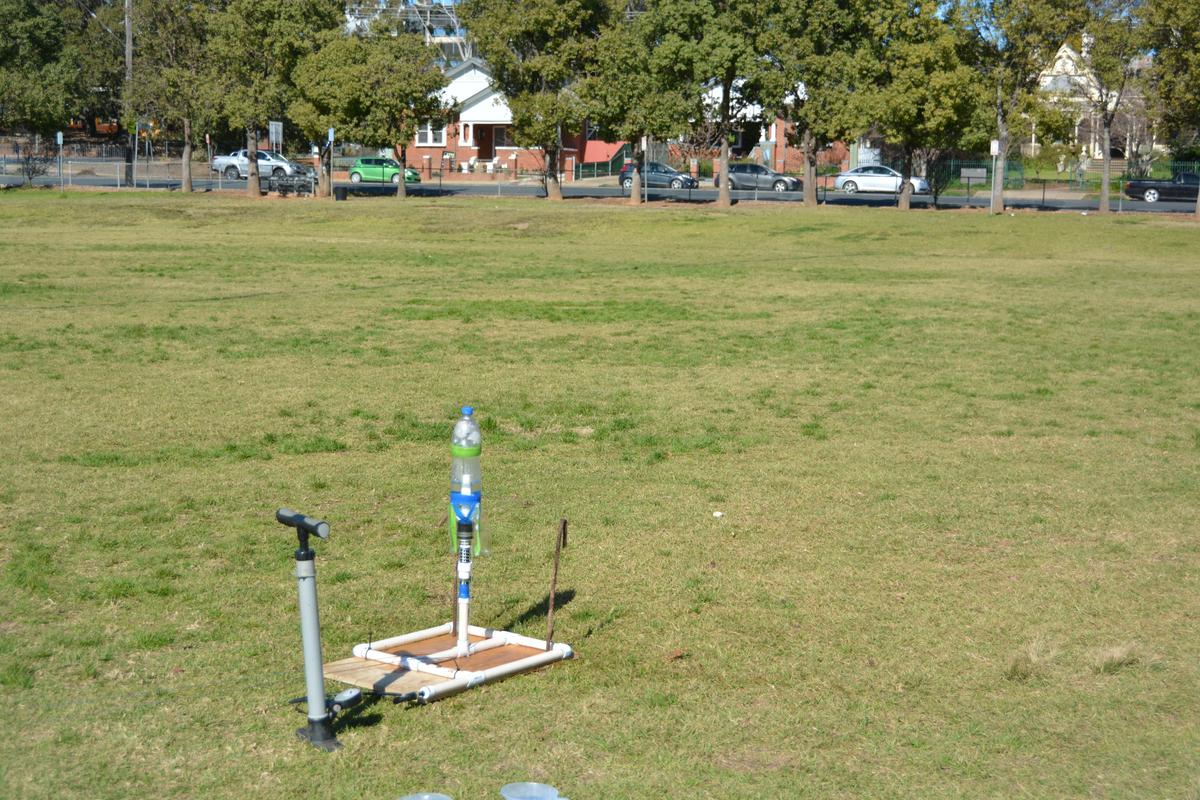
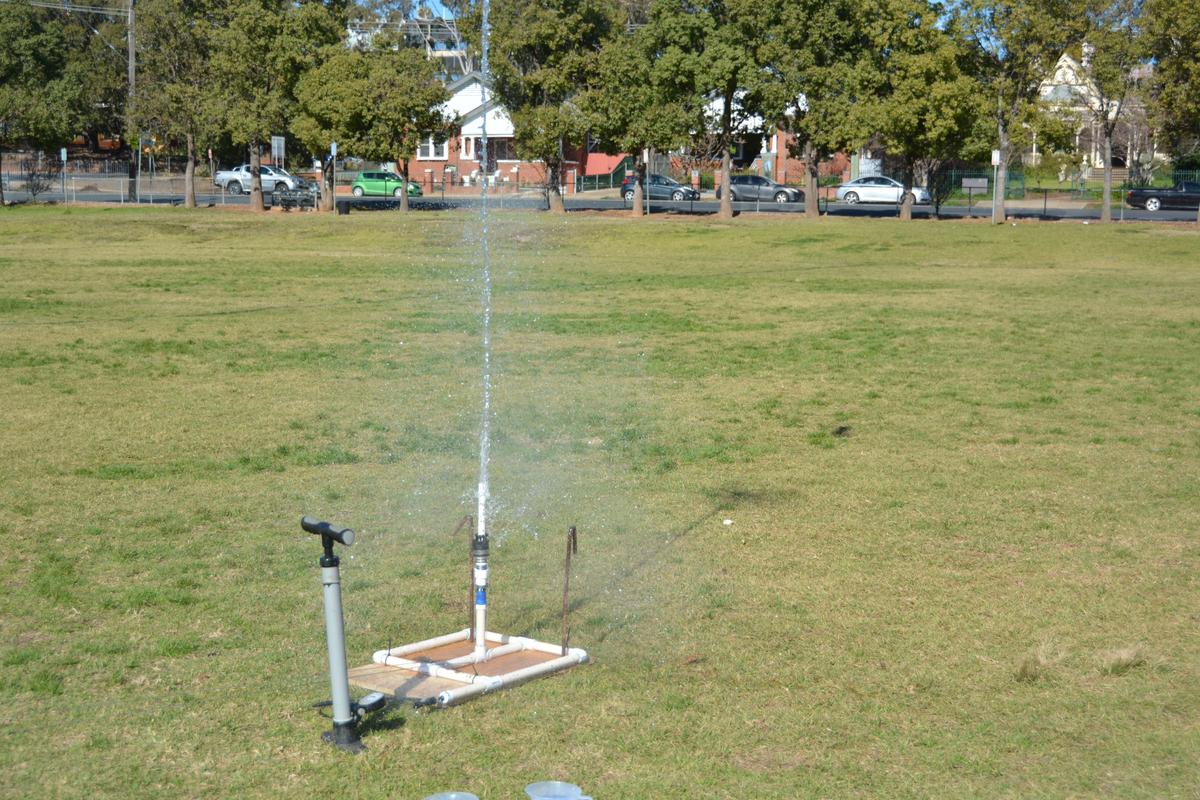
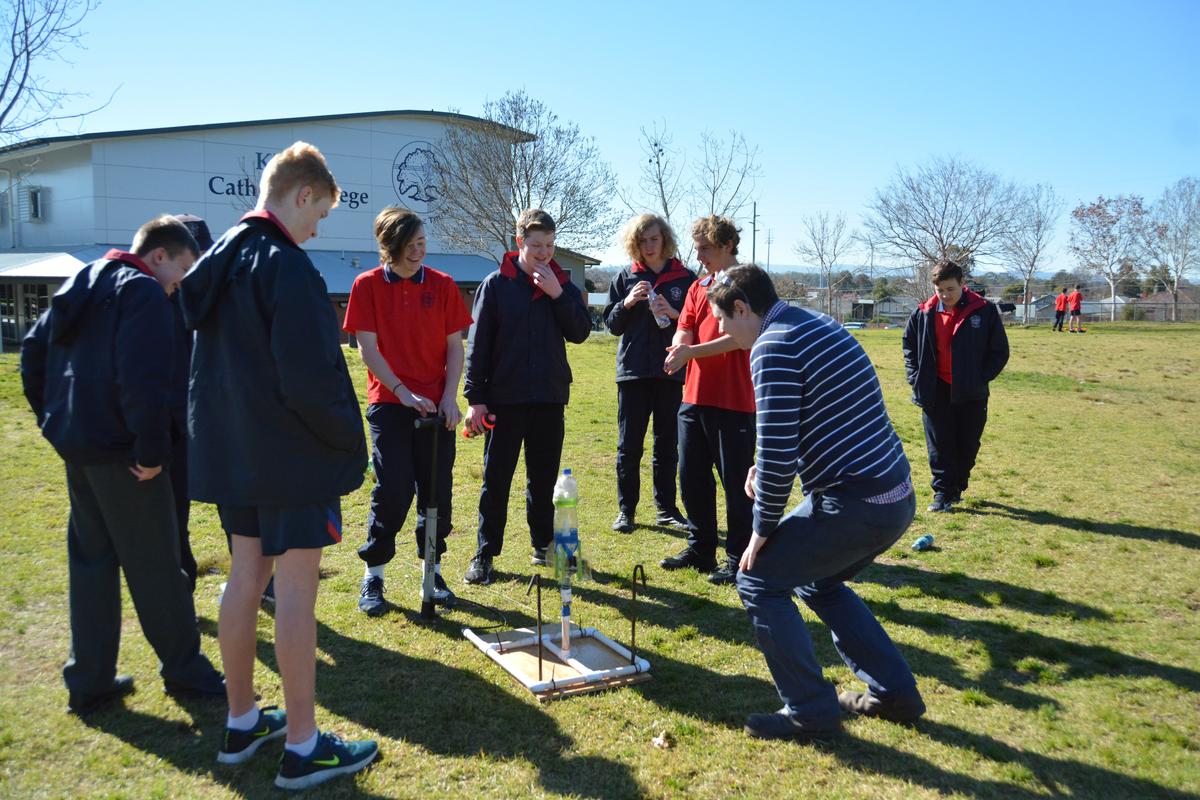
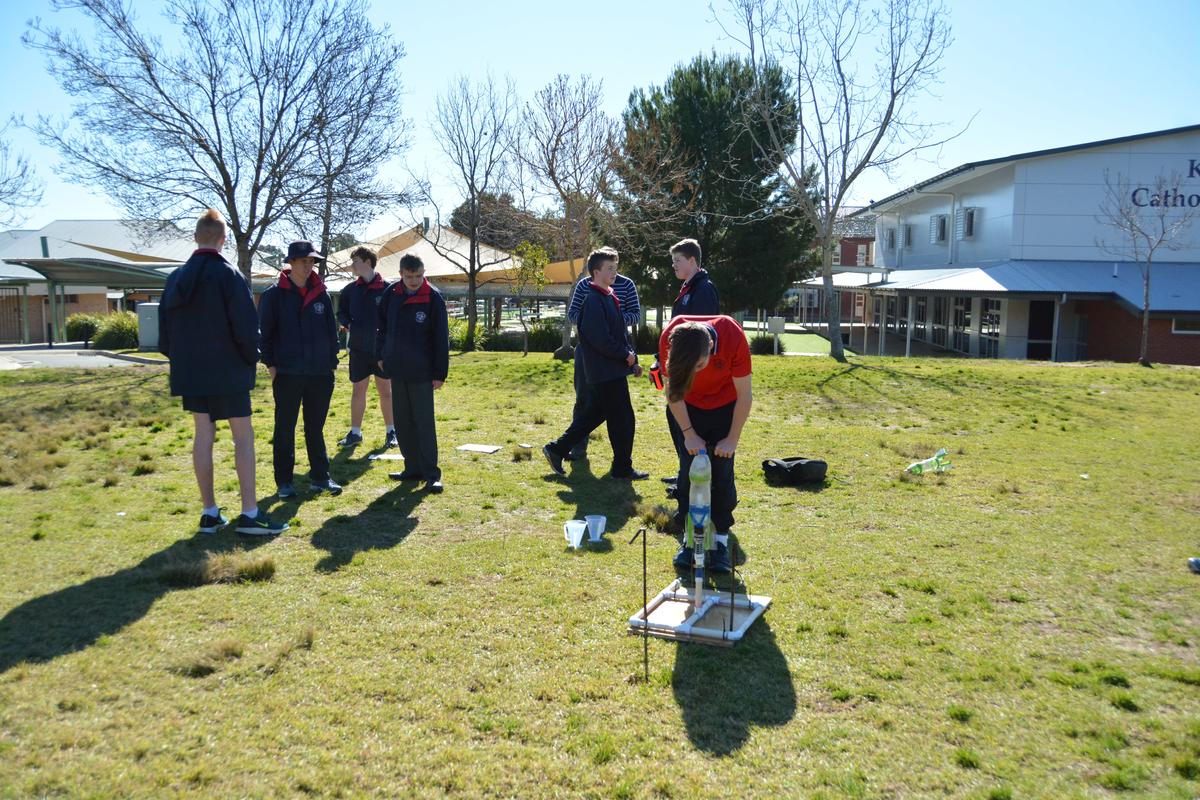
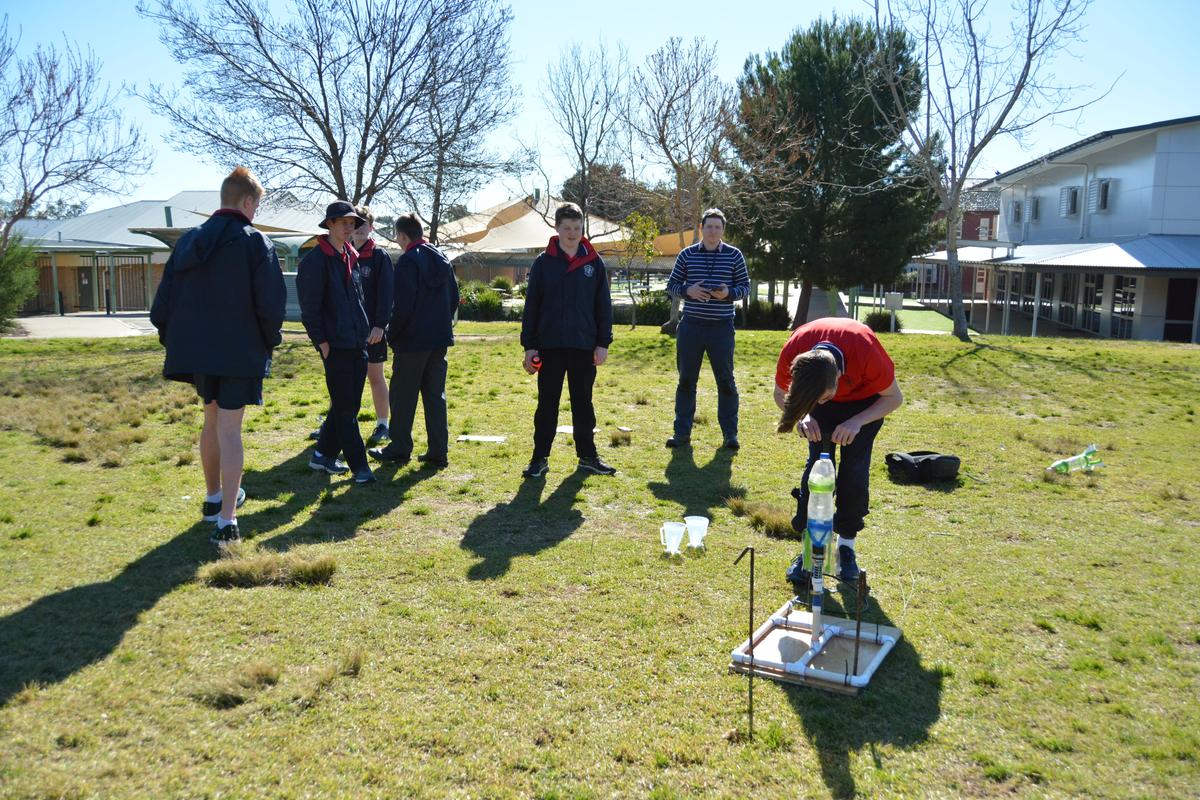
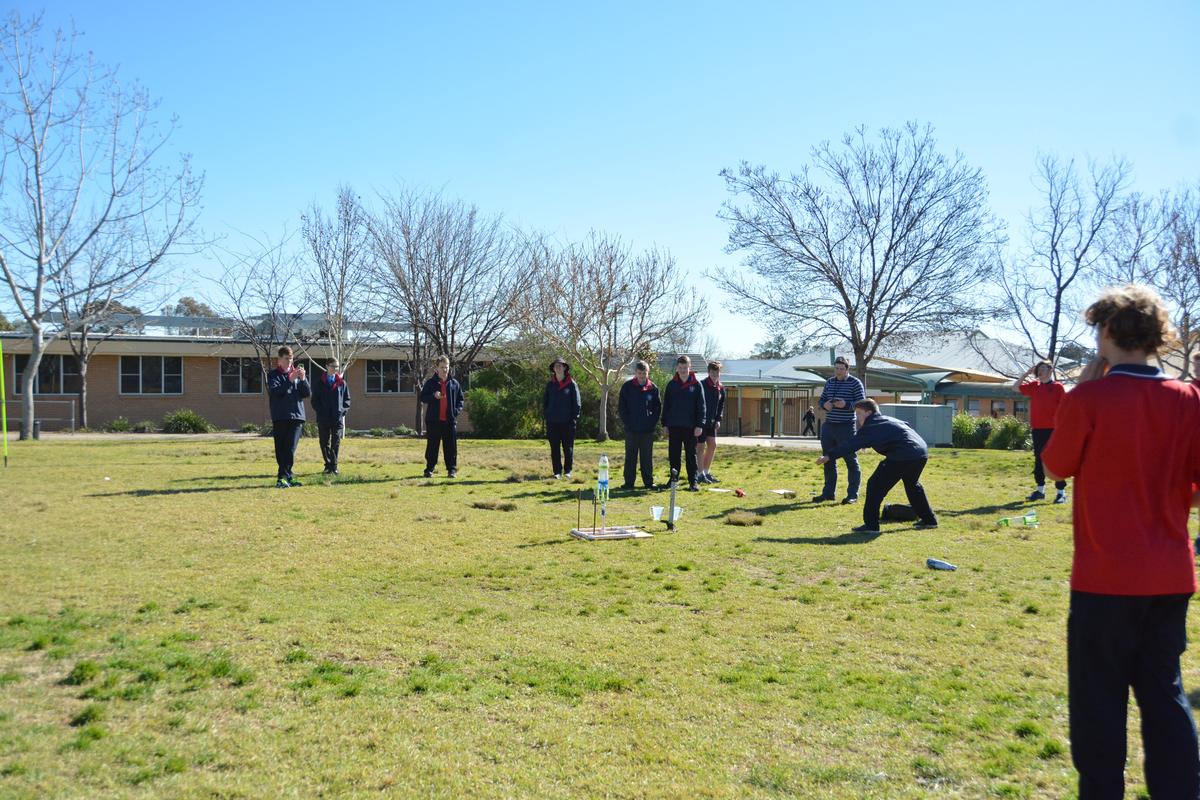
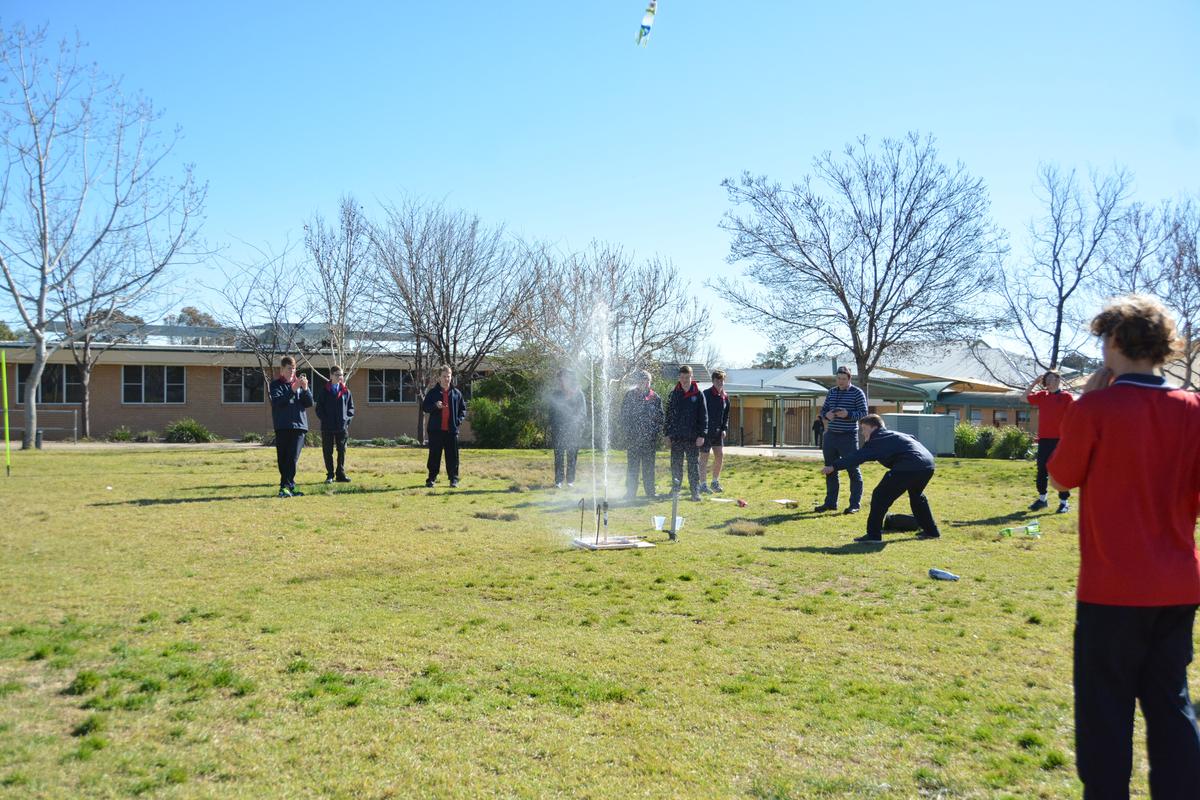
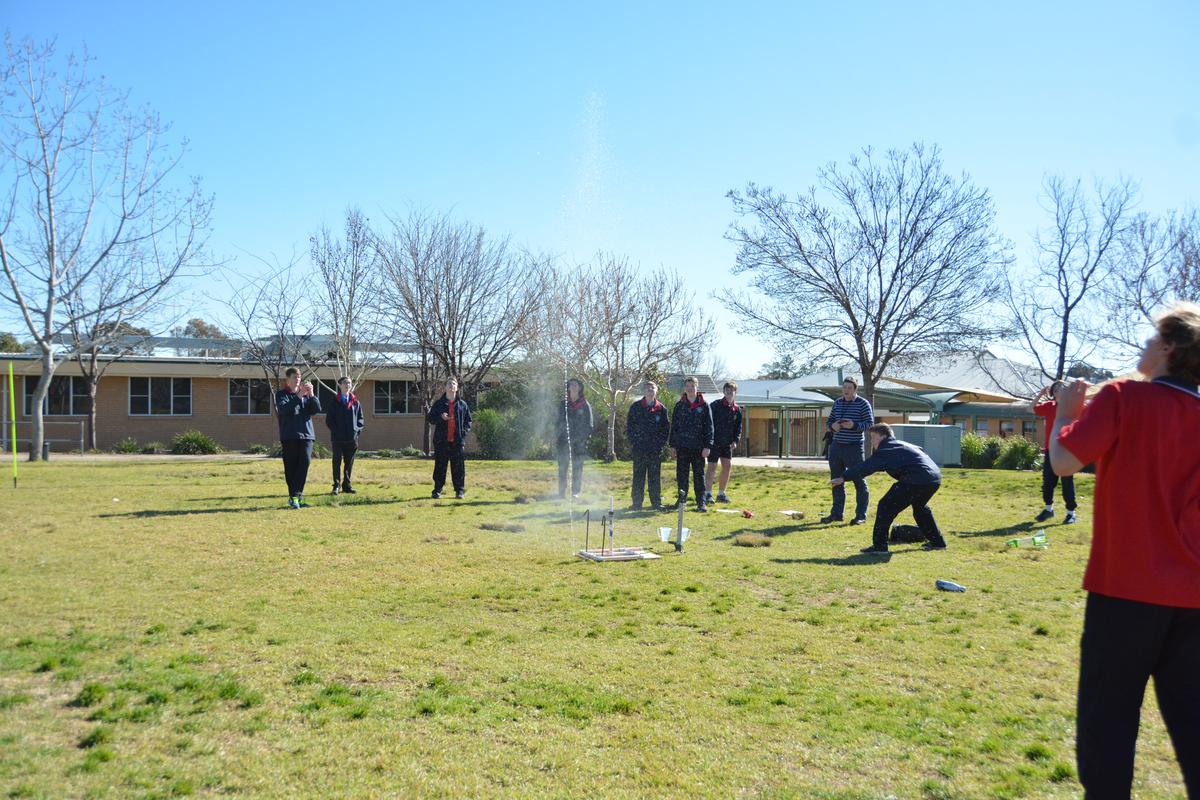
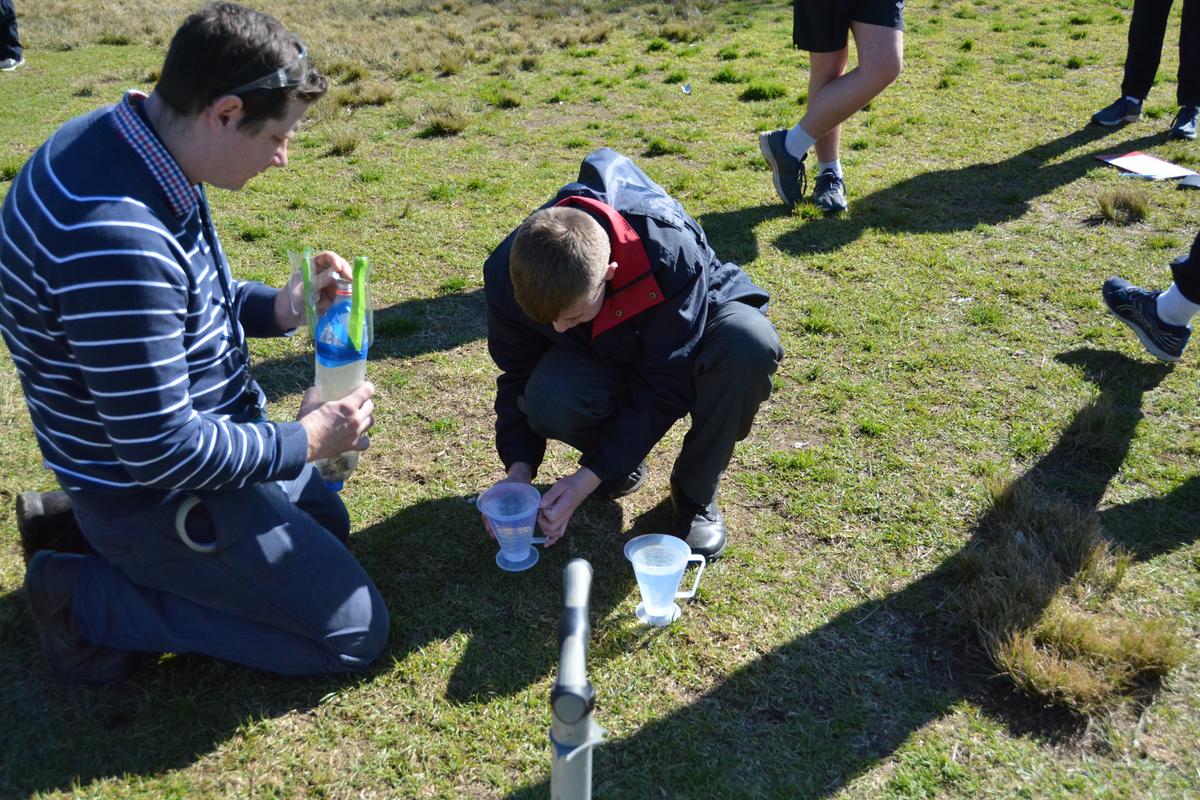
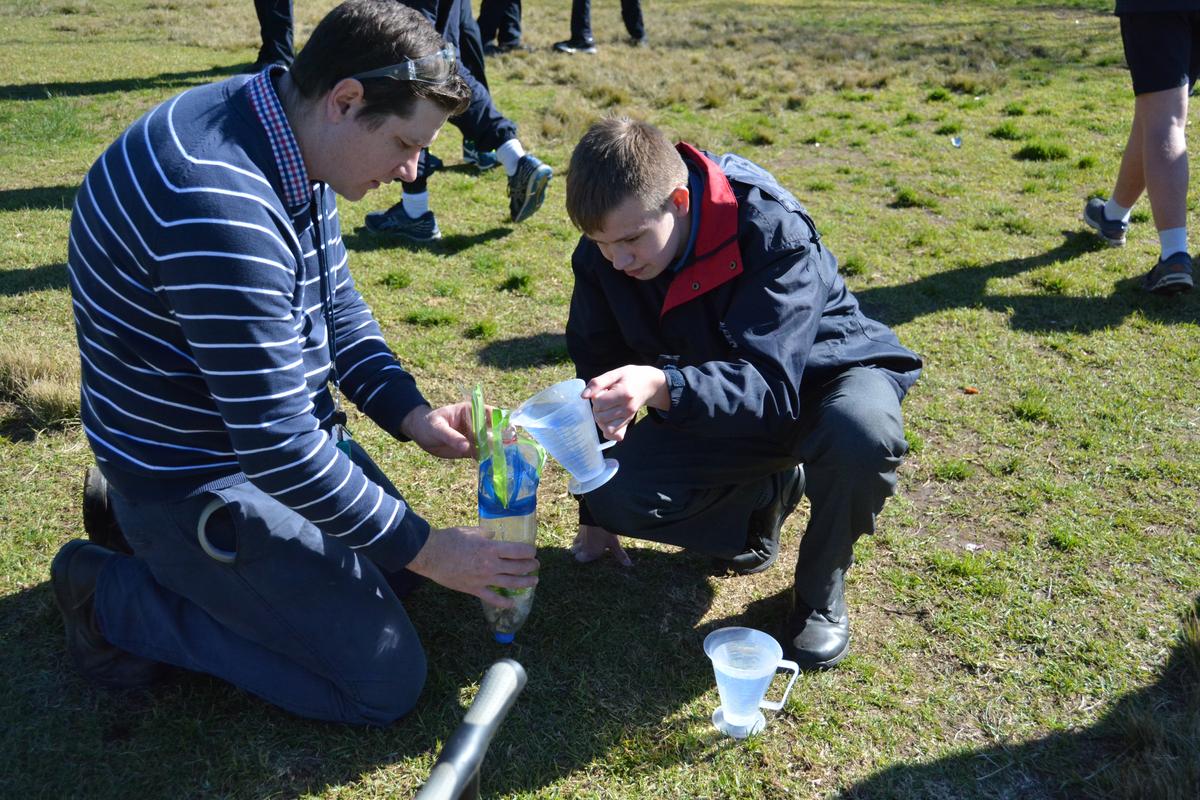
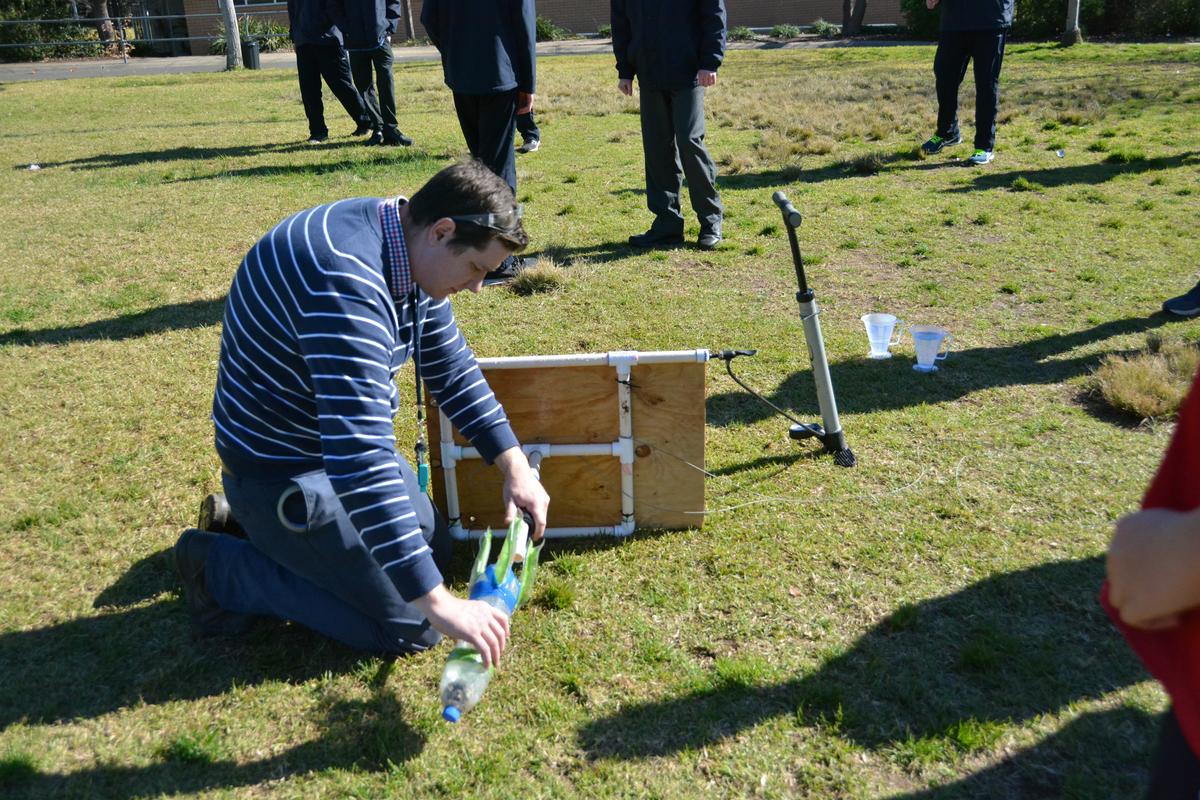
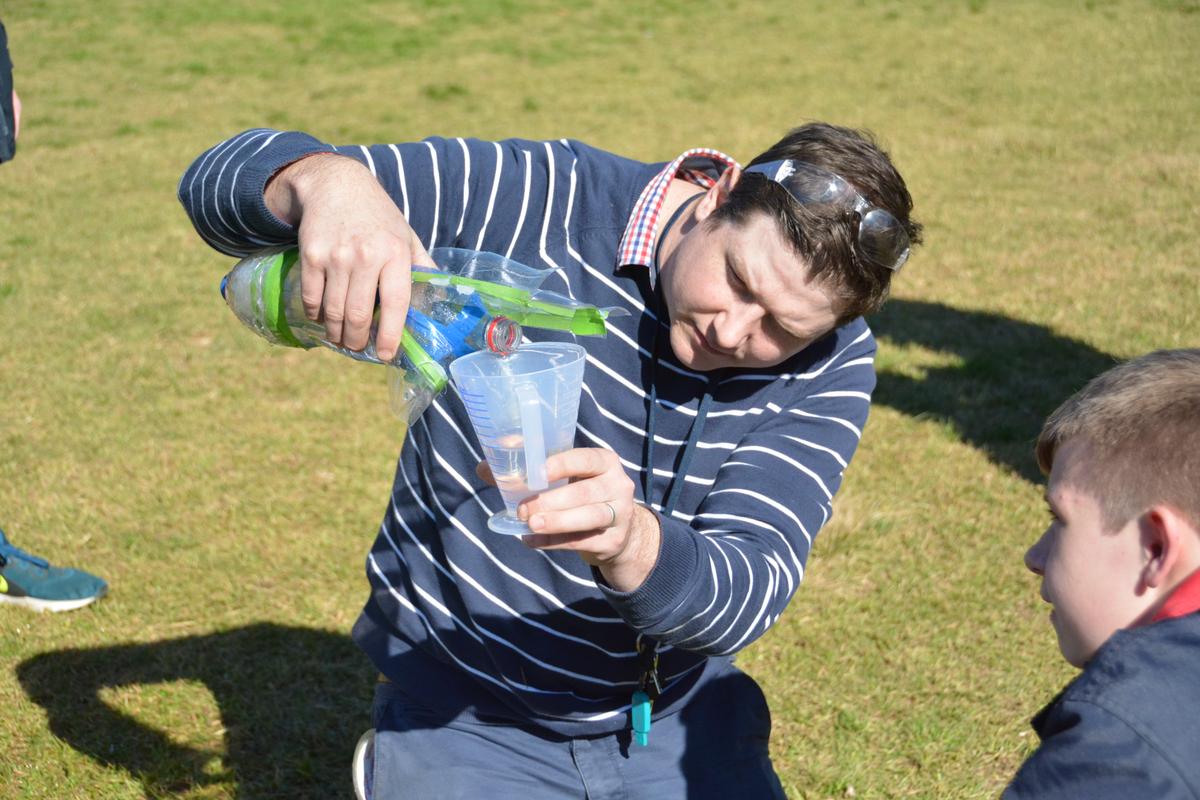
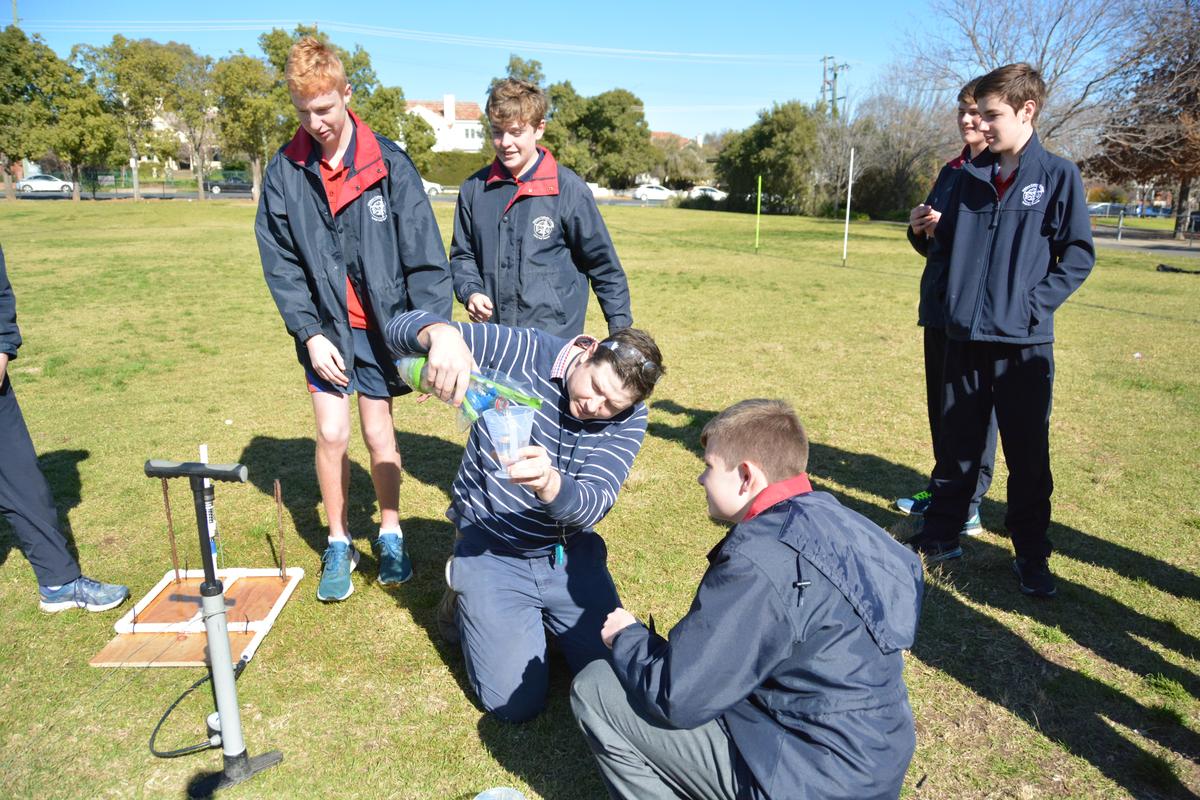
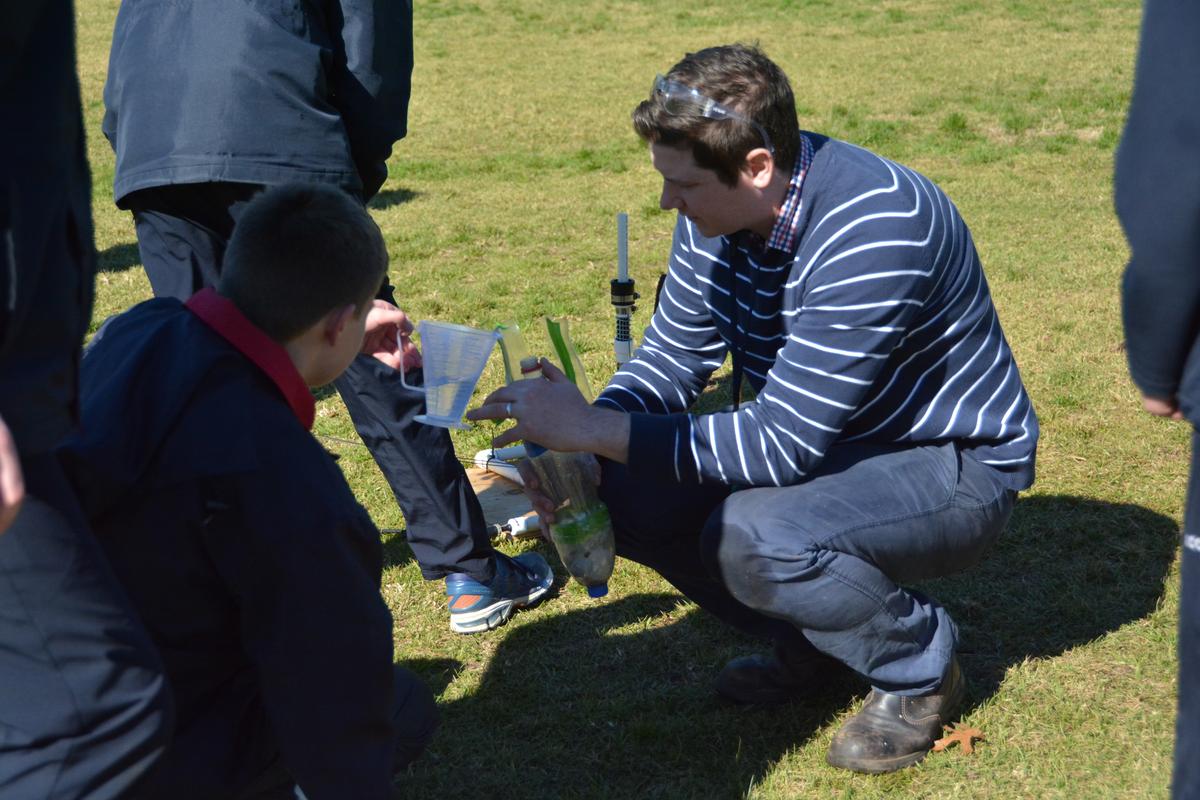
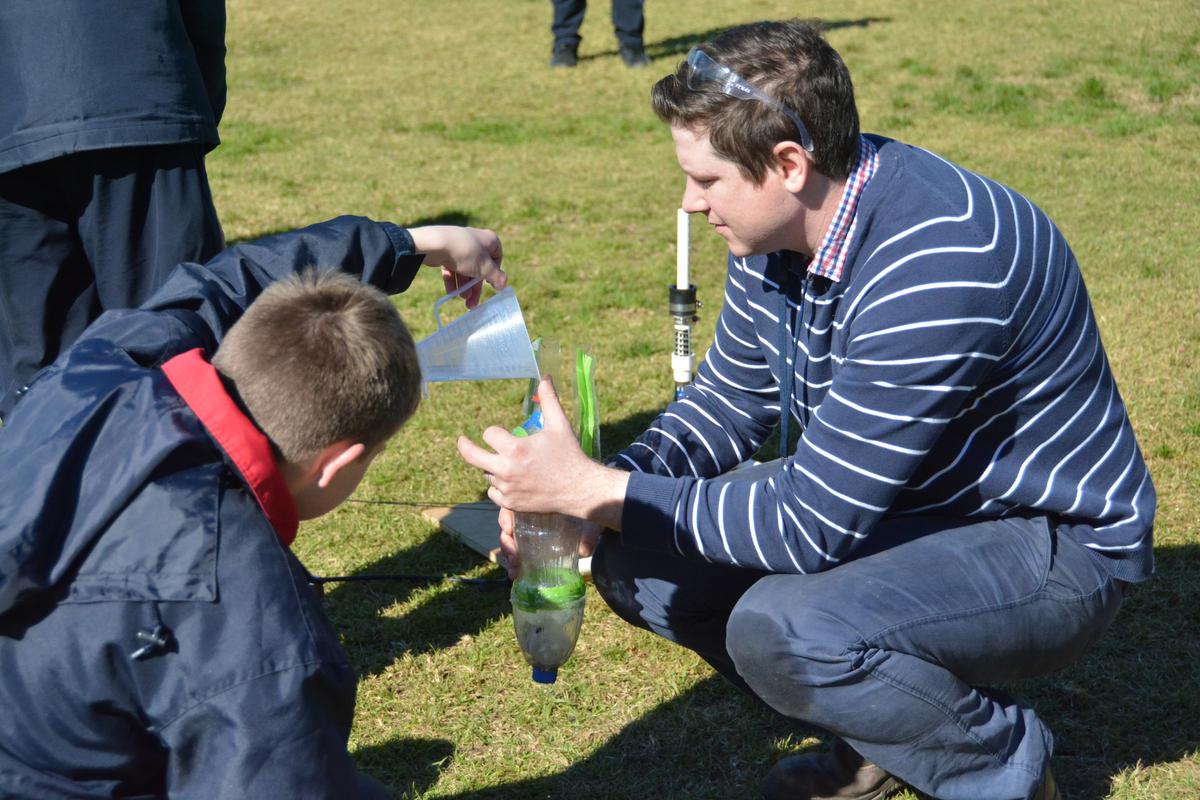
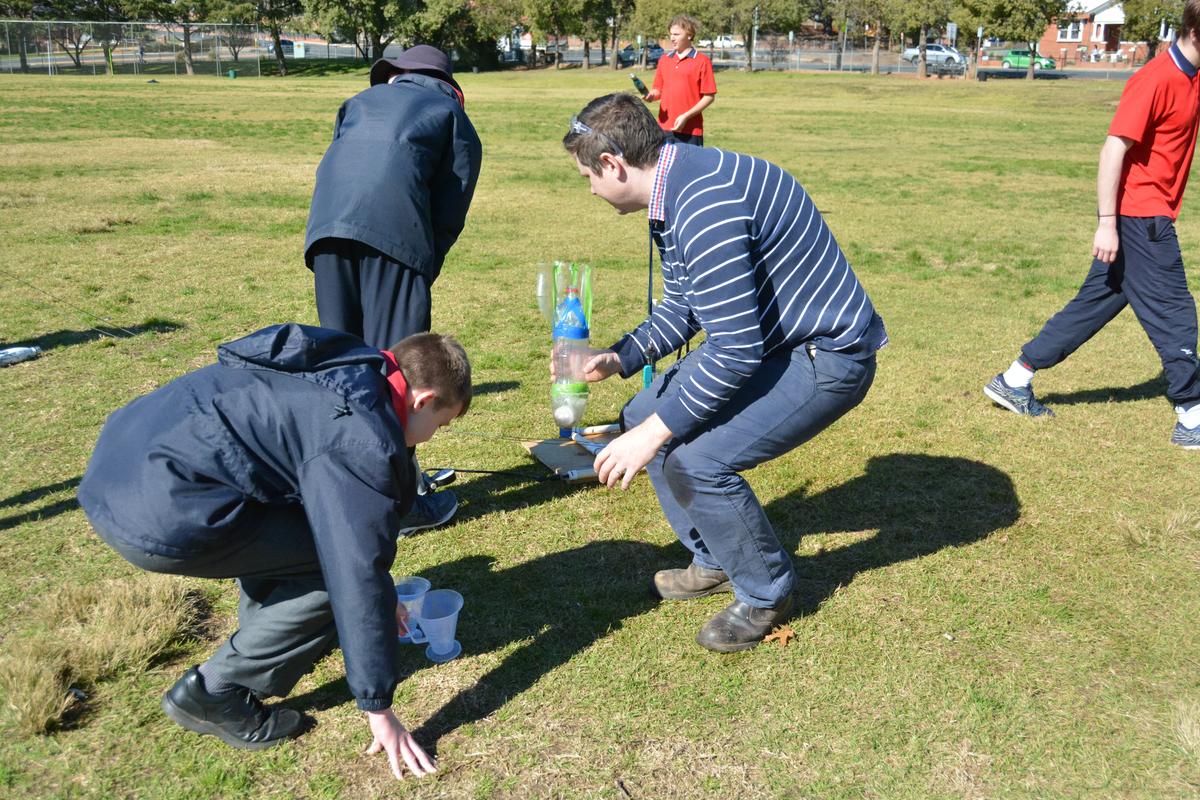
















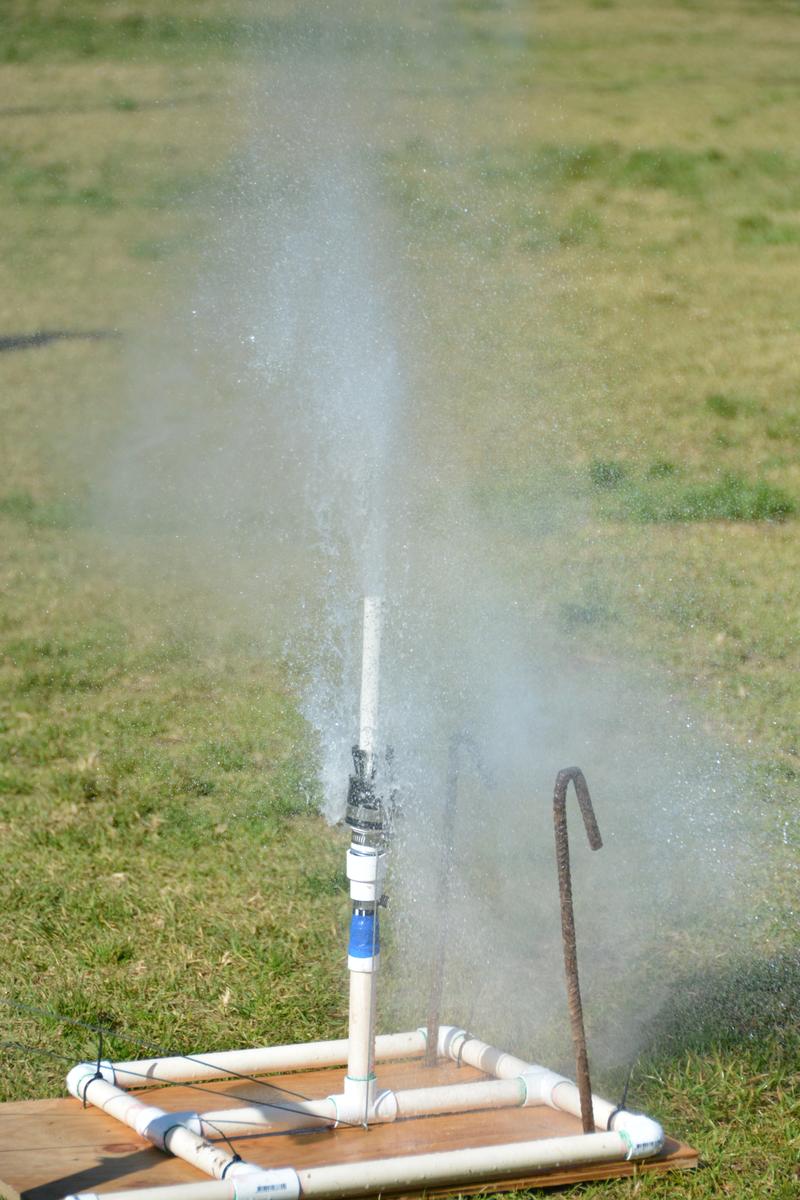

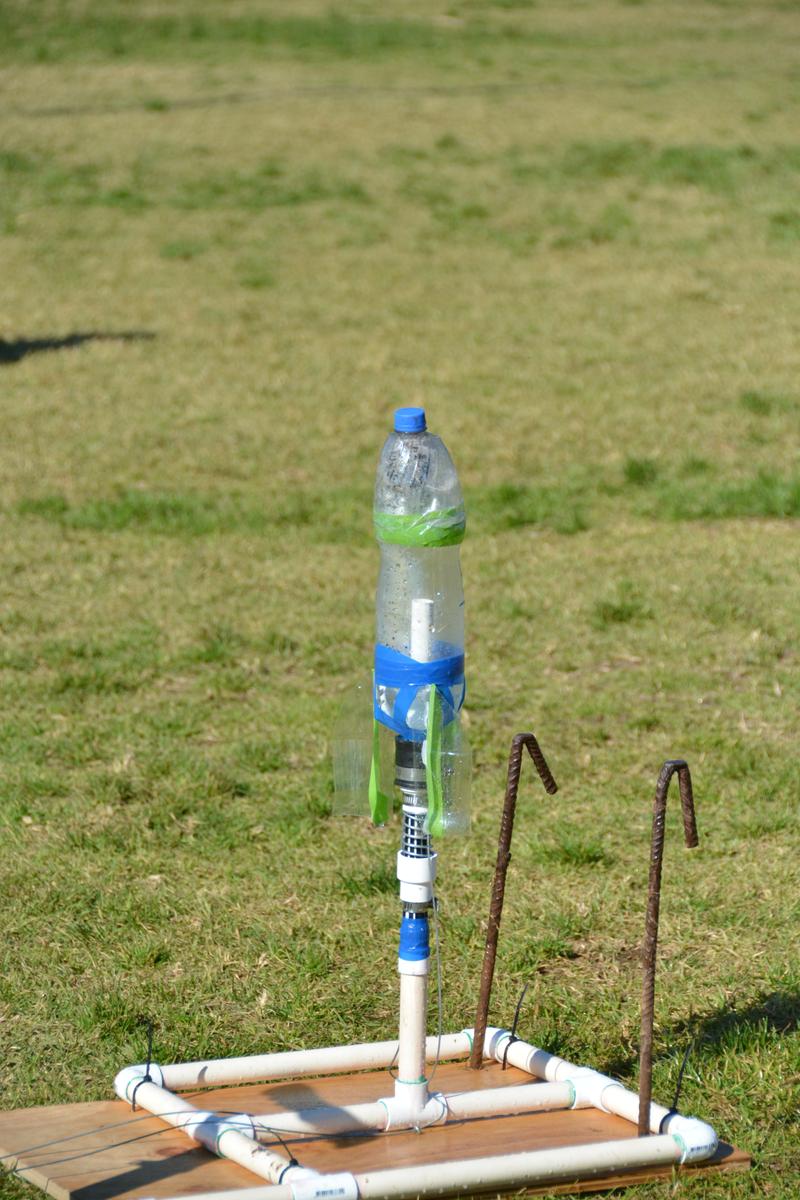
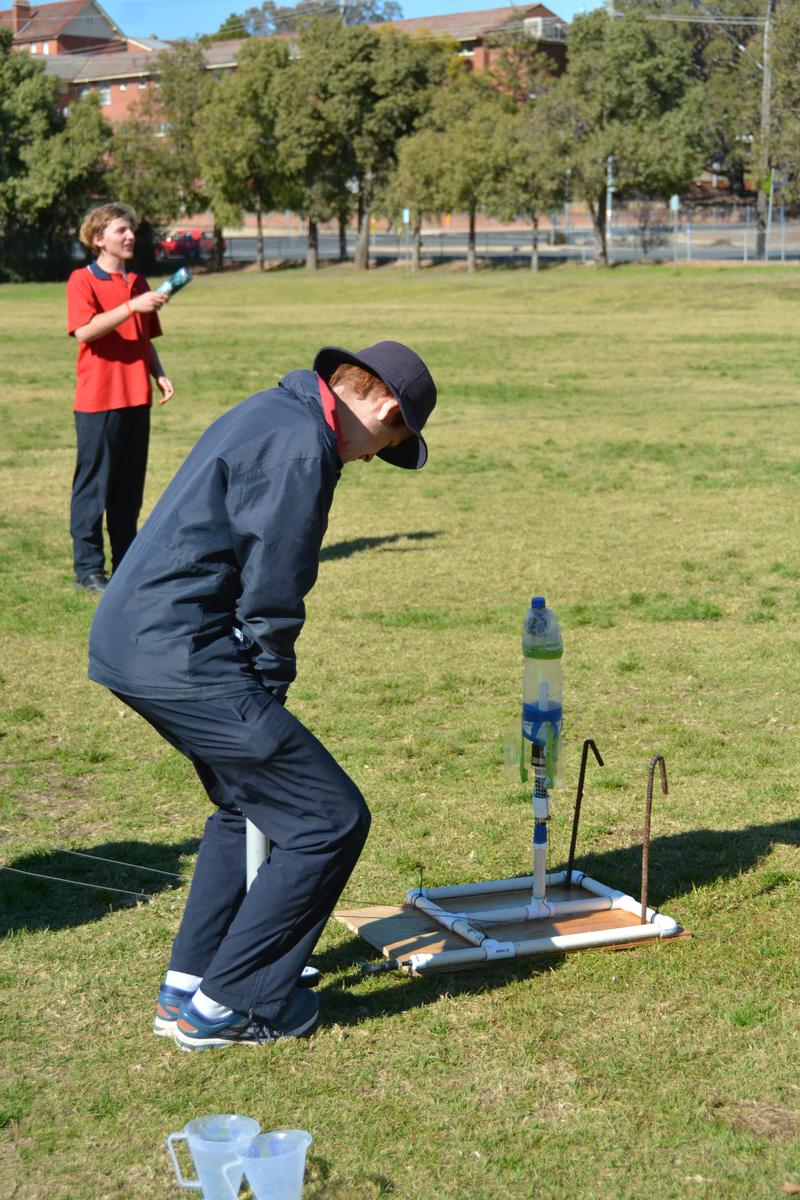
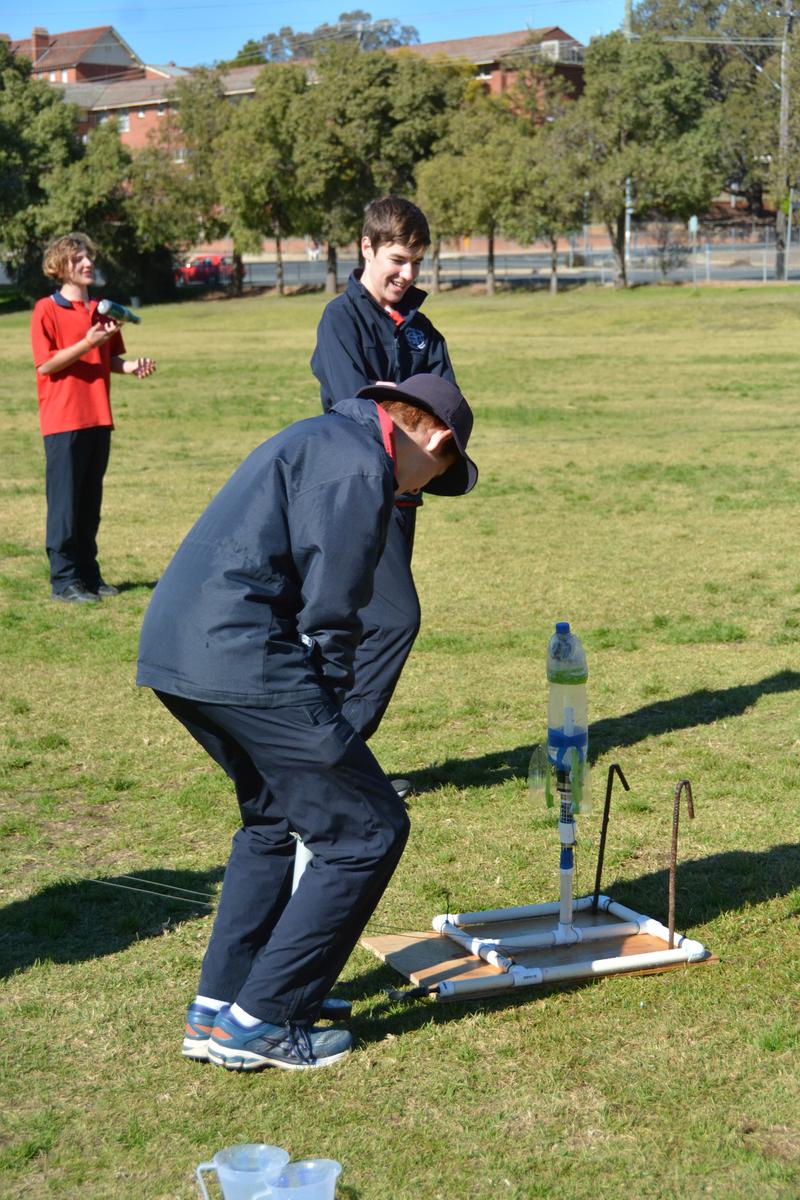
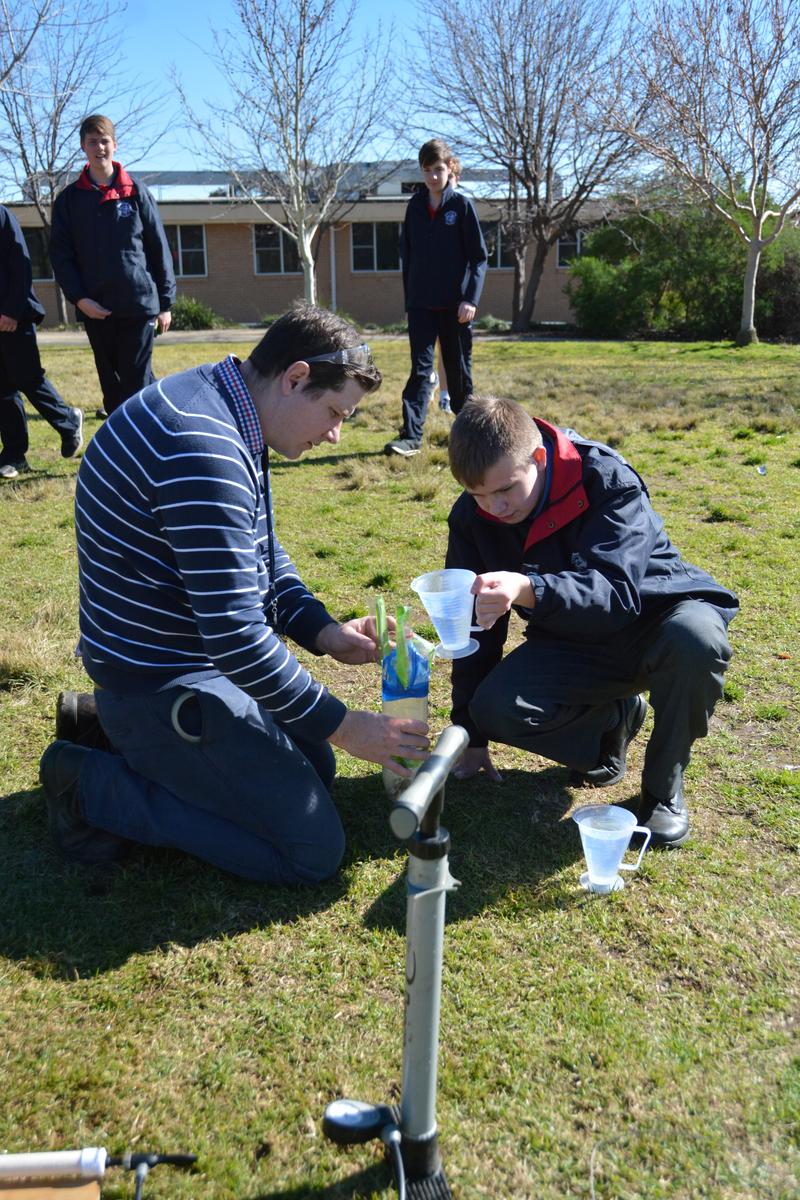
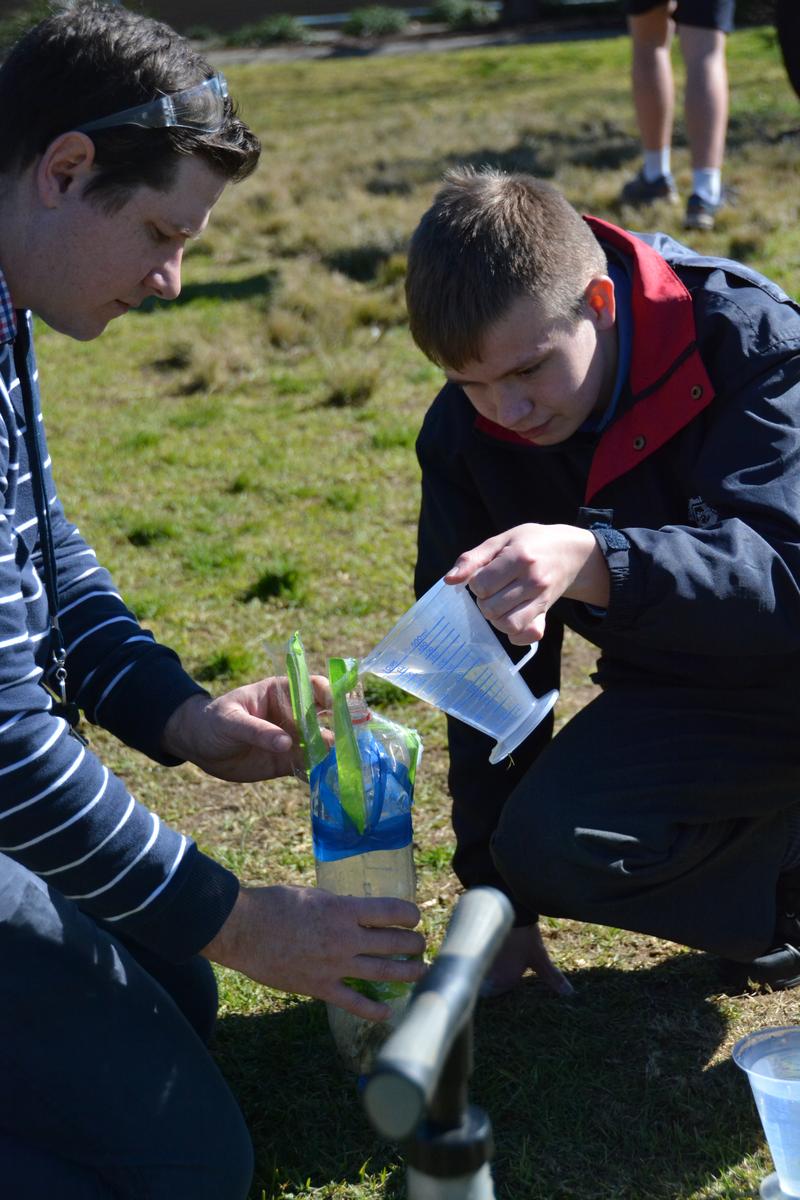
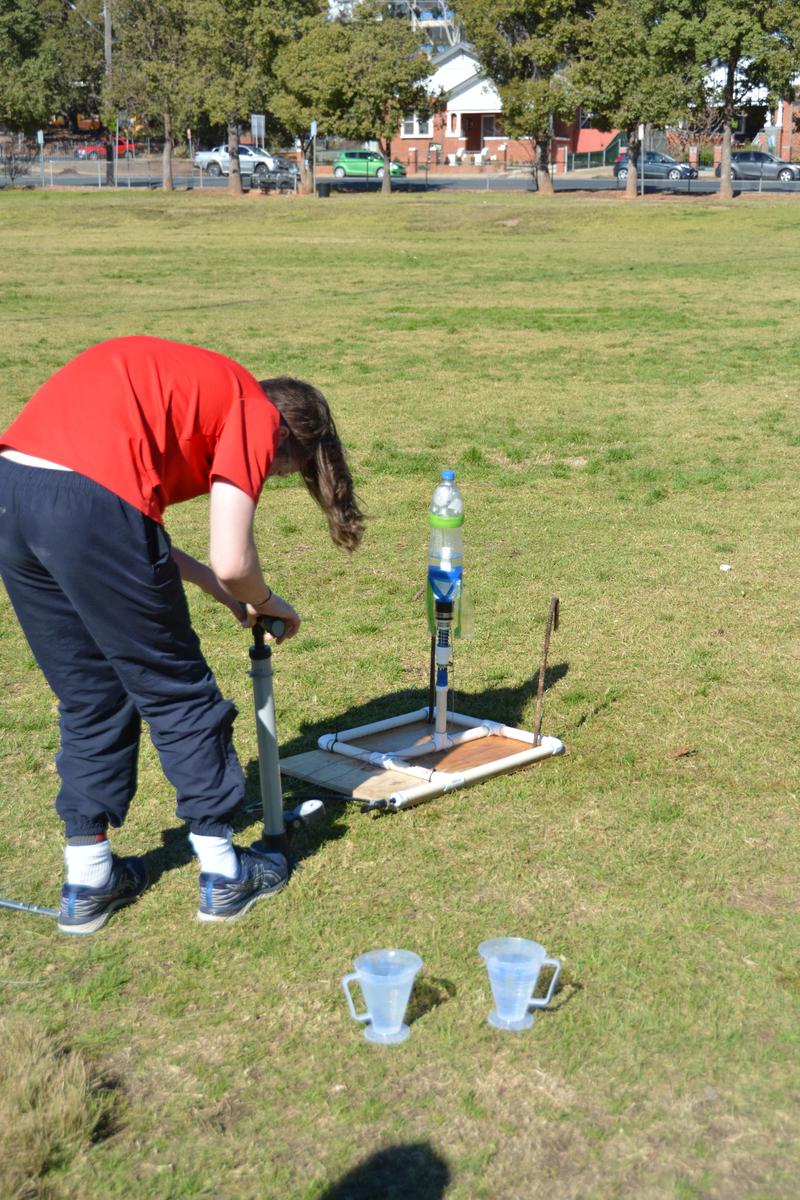














Year 9 STEM students this week tested prototype water rockets out on the oval to gain an insight into the effect of the water to air ratio used as the rocket’s propulsion. Students calculated the approximate altitude that the rocket flew using the equation of motion.
Flight time was approximated by timing the seconds between launch and crash landing and dividing by two, acceleration was known as gravity, and velocity at the point of apergy was calculated to be zero. From these measurements the class were able to compare the effect of the various water levels on the rocket’s propulsion. Results were found to be close to a 2:3 ratio of water to air with a maximum height of 47 meters achieved at pressures of 50 psi (less than half the maximum pressure capacity of an average plastic bottle).
However, as students continue to design and test their water rockets this term, they won't be able to rely on this method of measuring altitude, as the task calls for the design of a parachute to be incorporated into the rocket. Students now have the challenge of designing and firing a rocket that can reach heights of 100 metres and ensure a safe, rather than crash, landing. Students will be working in pairs, designing, experimenting, testing and recording their findings to develop their rocket in reaching this goal. Rocket types, shapes, payloads and parachute deployment methods are left entirely up to the students to research and create. Stay posted to see their creations and find out if any rockets broke their 100 metre target and ensured safe return back to planet earth.
Darcy Harland | Stem Teacher